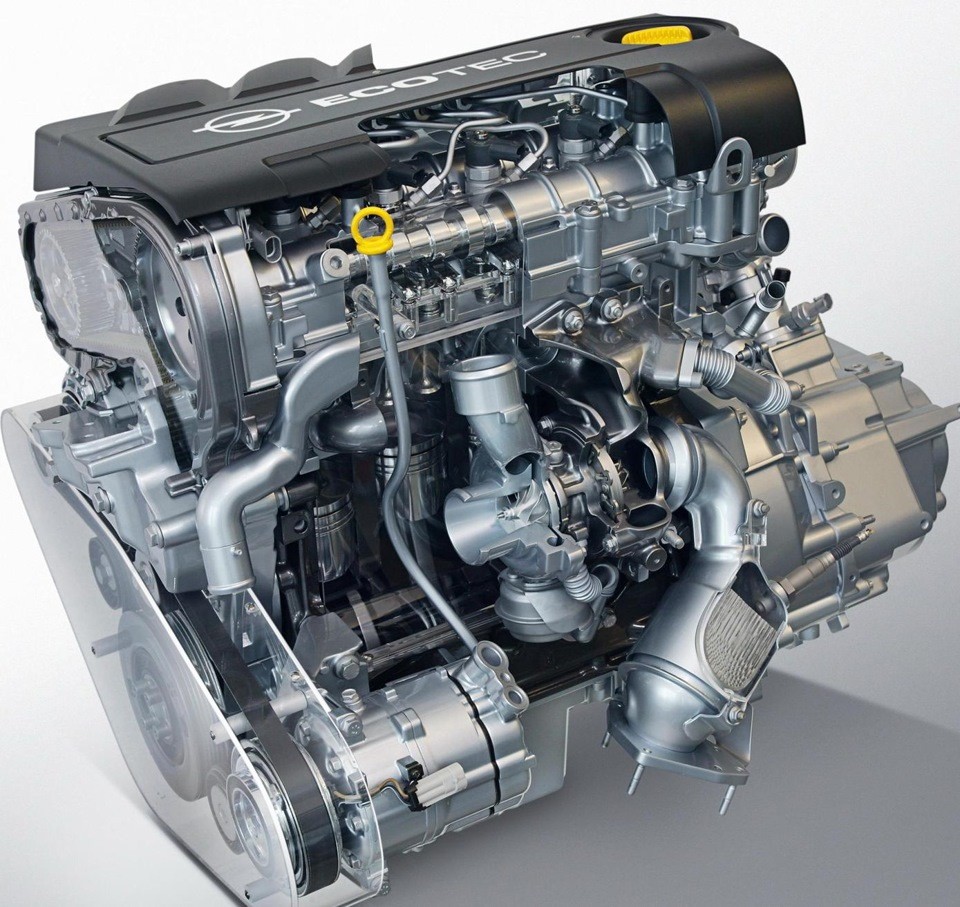
1.9 CDTi/JTD engine from Opel - find out more!
Content
The Fiat diesel engine was appreciated by the engineers of almost all major automobile concerns. Therefore, the 1.9 CDTi engine was installed not only on cars of the Italian manufacturer, but also on other brands. Learn more about it in our article!
Basic information about the power unit
The first 1.9 CDTi engine was installed on the 156 Alfa Romeo 1997. This engine developed 104 hp. (77 kW), making this car model the world's first passenger car with this technology. It is worth briefly dwelling on the Common Rail technology and describe its work - why it has become such a breakthrough in the history of drive manufacturing. As a rule, mechanically controlled fuel injectors were used in standard diesel engines. Thanks to Common Rail, these components have become controlled by an electronic engine control unit.
Thanks to this, it was possible to create a diesel power unit that worked quietly, did not smoke, produced optimal power and did not consume a lot of fuel. Fiat's solutions were soon adopted by other manufacturers, including Opel, changing the engine's marketing name from 1.9 JTD to 1,9 CDTi.
Generations of the 1.9 CDTi unit – JTD and JTDM
This is a four-cylinder, in-line 1.9-liter engine that uses the Common Rail system. The first generation model was created as a collaboration between Fiat, Magneti, Marella and Bosch. The drive replaced the badly battered 1.9 TD and was available in 80, 85, 100, 105, 110 and 115 hp. In the case of the last three options, Fiat decided to install a variable geometry turbine instead of a fixed one, as is the case in other cases.
Generations of the 1.9 CDTi engine can be divided into two generations. The first of them were produced from 1997 to 2002 and were units with the Common Rail I system, and the second, distributed since the end of 2002, was equipped with an upgraded Common Rail injection system.
What made the XNUMXth generation Multijet different?
New was a higher fuel injection pressure, and more powerful versions with 140, 170 and 150 hp. equipped with four valves and two camshafts, as well as a variable geometry turbine. The weaker versions of 105, 130 and 120 km used 8 valves. A twin-turbocharged version with 180 and 190 hp also appeared on the market. and 400 Nm of torque at 2000 rpm.
New servo valves were also used, which significantly improved the accuracy of controlling the amount of fuel injected into the combustion chamber for eight consecutive injections. It was also decided to add an Injection Rate Shaping injection mode, which provided better combustion control, reduced the noise generated during the operation of the unit, and also affected the overall efficiency of the engine.
On which car models was the 1.9 CDTi engine installed?
The power unit was installed on cars such as the Opel Astra, Opel Vectra, Opel Vectra C and Zafira. The motors were also used in the cars of the Swedish manufacturer Saab 9-3, 9-5 Tid and TTiD, as well as Cadillac. The 1.9 CDTi engine was also used in the Suzuki SX4, which Fiat also worked on.
Drive operation - what to prepare for?
There are a few problems with the 1.9 CDTi engine that most users face. This includes an exhaust manifold failure, an EGR valve or alternator failure, and a faulty M32 gearbox.
Despite these problems, the engine is considered a fairly advanced unit. It is noted that problems with motor components are extremely rare. Therefore, for trouble-free operation of the unit, standard service work and regular replacement of diesel oil are sufficient.
Is an Opel and Fiat product a good choice?
Choosing the 1.9 CDTi engine, you can be sure of its reliability. The drive unit operates stably and, as a rule, there are no failures that could lead to a major overhaul of the unit. For this reason, this engine is likely to be a good choice.
